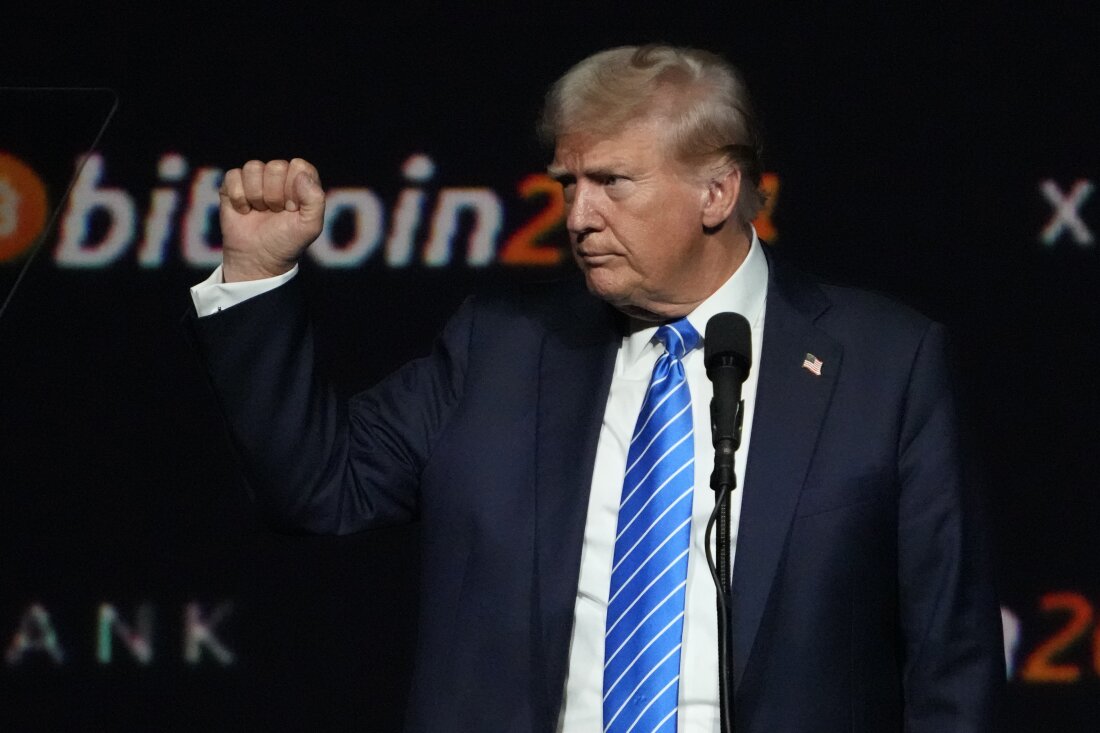Unveiling TRON: The Future of Decentralized Applications
In an era where data ownership and monetization are crucial, TRON (TRX) stands out as a compelling blockchain platform aimed at reshaping how content is created and shared. Originally designed to allow content creators to share and profit from their work without the middlemen, TRON has evolved into a robust ecosystem for decentralized application (dApp) development, backed by the TRON Decentralized Autonomous Organization. This article explores the intricacies of TRON, its historical trajectory, how it operates, and what the future holds for its users and developers alike.
:max_bytes(150000):strip_icc()/Group1805-3b9f749674f0434184ef75020339bd35.jpg) Exploring the TRON ecosystem
Exploring the TRON ecosystem
History of TRON: Answering the Call for Change
Founded in 2017 by visionary Justin Sun, the TRON Foundation’s mission was simple yet revolutionary: to create a decentralized platform that empowers content creators while eliminating reliance on centralized streaming services. At its inception, the platform aimed to provide an environment where creators could maintain ownership over their content, with consumers directly compensating them through TRX, TRON’s native cryptocurrency.
In a strategic move to expand its capabilities, TRON acquired BitTorrent in 2018. This acquisition aimed to leverage the existing peer-to-peer file-sharing technology, enabling quicker downloads and uploads of digital content. However, despite these ambitious plans, attracting a robust community of content creators proved challenging. Recognizing the need for reorientation, TRON pivoted to focus more on dApp development, fully decentralizing in 2021 and transitioning to TRON DAO, governed by its community through smart contracts.
How TRON Operates: Beyond Conventional Cryptocurrency
The TRON ecosystem can be likened to Ethereum in its architecture, yet it employs unique mechanisms that differentiate it. For instance, where Ethereum uses ’ether’ for transaction fees, TRON operates with a bandwidth point system. Each user is allocated 600 bandwidth points, equating to 600 bytes of data—transactions exceeding this limit compel users to acquire additional bandwidth points, which can be obtained through staking TRX tokens.
TRON’s consensus model, known as Delegated Proof of Stake (DPoS), adds another layer of innovation. Users elect ‘super representatives’ who are responsible for validating transactions and maintaining network integrity. This model not only enhances the platform’s scalability but also ensures a higher degree of decentralization.
:max_bytes(150000):strip_icc()/CSP_ER9-ErikaR.-dce5c7e19ef04426804e6b611fb1b1b4.jpg) The rise of decentralized applications
The rise of decentralized applications
Getting Your Hands on TRON (TRX)
For those interested in acquiring TRON, it is available on a variety of cryptocurrency exchanges, although notably absent from major platforms such as Binance.US, Gemini, and Coinbase. Unlike many cryptocurrencies that can be mined, TRX must be earned through staking; users must invest current holdings to generate returns or additional tokens.
The Road Ahead: What Does the Future Hold for TRON?
Predicting the longevity and success of any cryptocurrency is fraught with uncertainty, and TRON is no exception. With TRON DAO actively sponsoring events like HackaTron—designed to inspire and empower blockchain developers—the organization fuels innovative projects that push technological boundaries. This commitment to fostering creativity is crucial as the platform strives to establish itself as a cornerstone in the development of Web 3.0.
Since late 2022, bullish trends have emerged for TRX, with a market capitalization recently hitting $10.2 billion and consistent trading activity demonstrating solid investor interest, albeit with lower liquidity levels. Furthermore, the recent collaboration with Google Cloud, now a trusted super representative on TRON, further legitimizes the platform’s position in the blockchain ecosystem.
:max_bytes(150000):strip_icc()/SuzannesHeadshot-3dcd99dc3f2e405e8bd37271894491ac.jpg) The integration of advanced tech with blockchain
The integration of advanced tech with blockchain
Market Movements and Influences
Cryptocurrency markets are notoriously volatile, and periodic fluctuations can impact platforms like TRON. Recent developments, such as Bitcoin’s price dip ahead of critical economic reports and the Federal Reserve’s announcements, show the interconnectedness of these digital currencies. As Bitcoin’s value veered below $67,000, other cryptocurrencies, including Ethereum and several memecoins endured significant losses. The overall dip, where the entire market cap fell by 5.6%, serves as a reminder of the fragility and rapid changes these assets undergo.
As TRON forges ahead, it will be crucial for stakeholders to remain vigilant, ensuring that both technological advancements and market strategies align with the dynamic demands of crypto investors.
Conclusion: A Promising Future for TRON
In sum, TRON has navigated a diverse landscape of challenges yet remains poised for future growth. With decentralization at its core and a robust support framework through the DAO, TRON is aiming to solidify its place as a leading platform in the journey towards a decentralized internet. As we continue to witness the evolution of blockchain technology, keeping an eye on TRON’s developments will be essential for anyone invested in the crypto space.
As TRON continues to innovate and adapt, it may yet achieve its original vision—to empower individuals through decentralized technology. Explore more about What Is TRON? and stay informed about the latest crypto trends!


 Photo by
Photo by 










